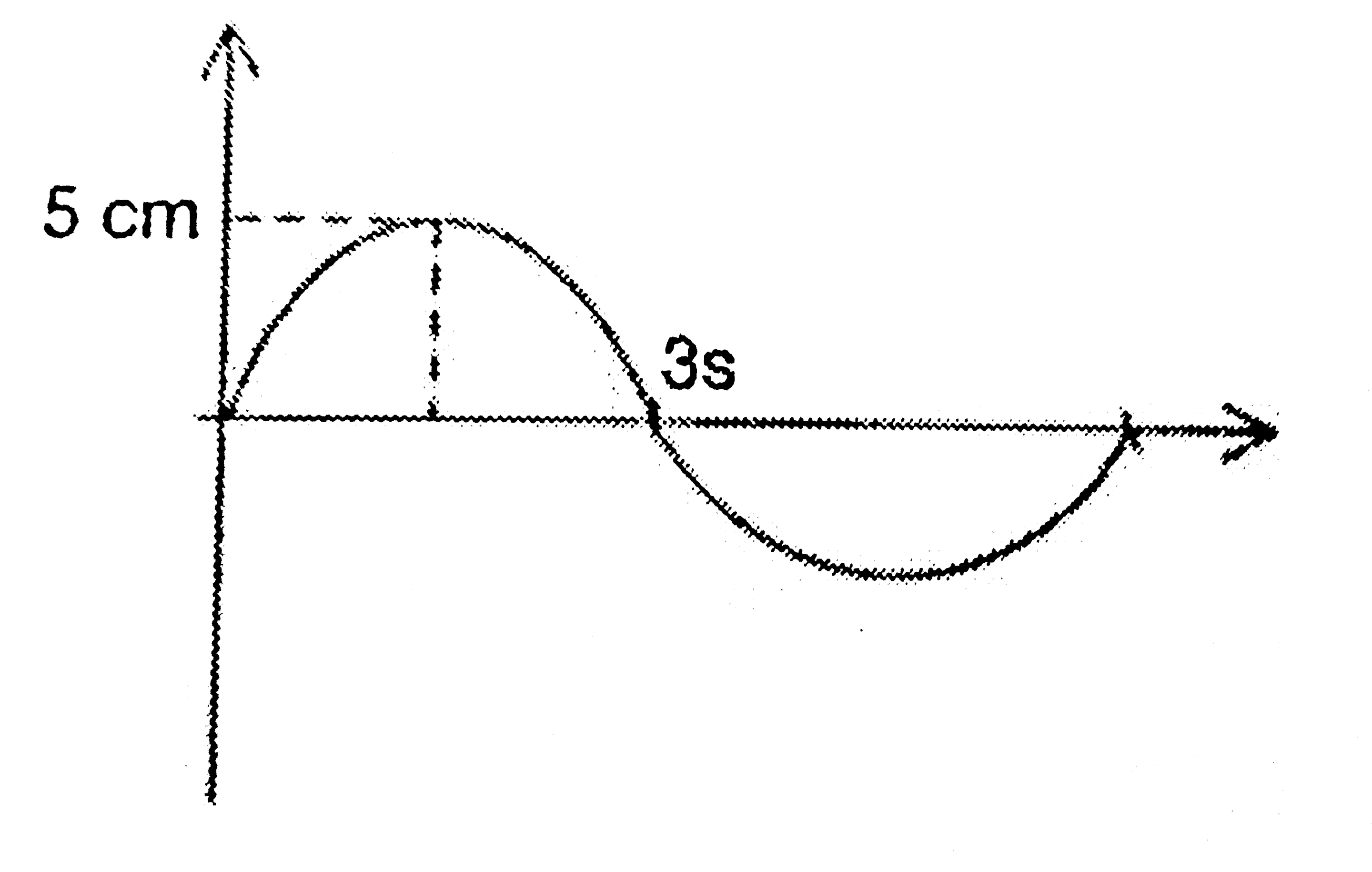The motion of a simple pendulum executing S.H.M is represented by the following equation. y=Asin(πt+ϕ), where time is measured in second. The length of pendulum is
97.23cm
25.3cm
99.4cm
406.1cm
To find the length of the pendulum from the given equation of motion y=Asin(πt+ϕ), we can follow these steps:
Step 1: Identify the angular frequency
The equation of motion for a simple harmonic motion (SHM) is given by:
y=Asin(ωt+ϕ)
From the given equation, we can see that the angular frequency ω is equal to π.
Step 2: Relate angular frequency to the length of the pendulum
For a simple pendulum, the angular frequency ω is related to the length l of the pendulum and the acceleration due to gravity g by the formula:
ω=√gl
Substituting ω=π into this equation gives:
π=√gl
Step 3: Square both sides of the equation
To eliminate the square root, we square both sides:
π2=gl
Step 4: Rearrange to solve for the length l
Now, we can rearrange the equation to solve for l:
l=gπ2
Step 5: Substitute the value of g
The acceleration due to gravity g is approximately 9.8m/s2. Substituting this value into the equation gives:
l=9.8π2
Step 6: Calculate π2
Calculating π2 (where π≈3.14):
π2≈3.142≈9.8596
Step 7: Calculate the length l
Now substituting π2 back into the equation for l:
l=9.89.8596≈0.994m
Step 8: Convert to centimeters
To convert meters to centimeters, we multiply by 100:
l≈0.994m×100=99.4cm
Final Answer
Thus, the length of the pendulum is approximately 99.4cm.
---
The equation of motion for a simple harmonic motion (SHM) is given by:
y=Asin(ωt+ϕ)
From the given equation, we can see that the angular frequency ω is equal to π.
For a simple pendulum, the angular frequency ω is related to the length l of the pendulum and the acceleration due to gravity g by the formula:
ω=√gl
Substituting ω=π into this equation gives:
π=√gl
To eliminate the square root, we square both sides:
π2=gl
Now, we can rearrange the equation to solve for l:
l=gπ2
The acceleration due to gravity g is approximately 9.8m/s2. Substituting this value into the equation gives:
l=9.8π2
Calculating π2 (where π≈3.14):
π2≈3.142≈9.8596
Now substituting π2 back into the equation for l:
l=9.89.8596≈0.994m
To convert meters to centimeters, we multiply by 100:
l≈0.994m×100=99.4cm
Thus, the length of the pendulum is approximately 99.4cm.
Topper's Solved these Questions
- JEE MAINS 2022BOOK - JEE MAINS PREVIOUS YEARCHAPTER - JEE MAINS 2022EXERCISE - Physics-Section A
20 Videos
- JEE MAINS 2022BOOK - JEE MAINS PREVIOUS YEARCHAPTER - JEE MAINS 2022EXERCISE - Physics-Section B
10 Videos
- JEE MAINS 2022BOOK - JEE MAINS PREVIOUS YEARCHAPTER - JEE MAINS 2022EXERCISE - PHYSICS (SECTION B)
10 Videos
- JEE MAINS 2021BOOK - JEE MAINS PREVIOUS YEARCHAPTER - JEE MAINS 2021EXERCISE - Physics (Section B )
10 Videos
- JEE MAINS 2023 JAN ACTUAL PAPERBOOK - JEE MAINS PREVIOUS YEARCHAPTER - JEE MAINS 2023 JAN ACTUAL PAPEREXERCISE - Question
360 Videos
Similar Questions
Knowledge Check
The time period of a simple pendulum of length 9.8 m is
A0.159 sB3.14 sC6.5 sD6.28 sA simple pendulum executing S.H.M. is falling freely along with the support. Then
AIts periodic time decreasesBIts periodic time increasesCIt does not oscillate at allDNone of theseThe length of simple pendulum executing SHM is increased by 69% The percentage increase in the time period of the pendulum is
A30%B11%C21%D42%
The periodic time of a simple pendulum of length 1 m and amlitude
View SolutionA particle executes SHM represented by the equation 10y=01sin50πt, where the displacement y is in metre and time t in second. Find the amplitude and frequency of the particle.
View SolutionThe motion of a particle executing S.H.M. is given by x=0.01sin100π(t+.05) , where x is in metres and time is in seconds. The time period is
View SolutionThe motion of a particle executing S.H.M. is given by x=5sin200π(t+1) where x is in metres and time is in seconds. The time period is
View SolutionThe displacement of a particle executing S.H.M. is given by y=10sin[6t+π3] where y is in metres and t is in seconds. Then the initial displacement and velocity of the particle is
View Solution

